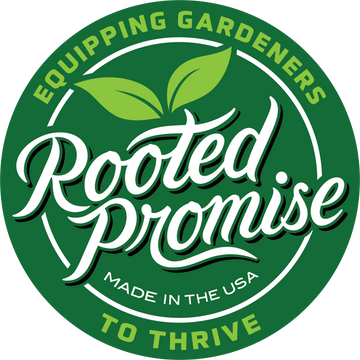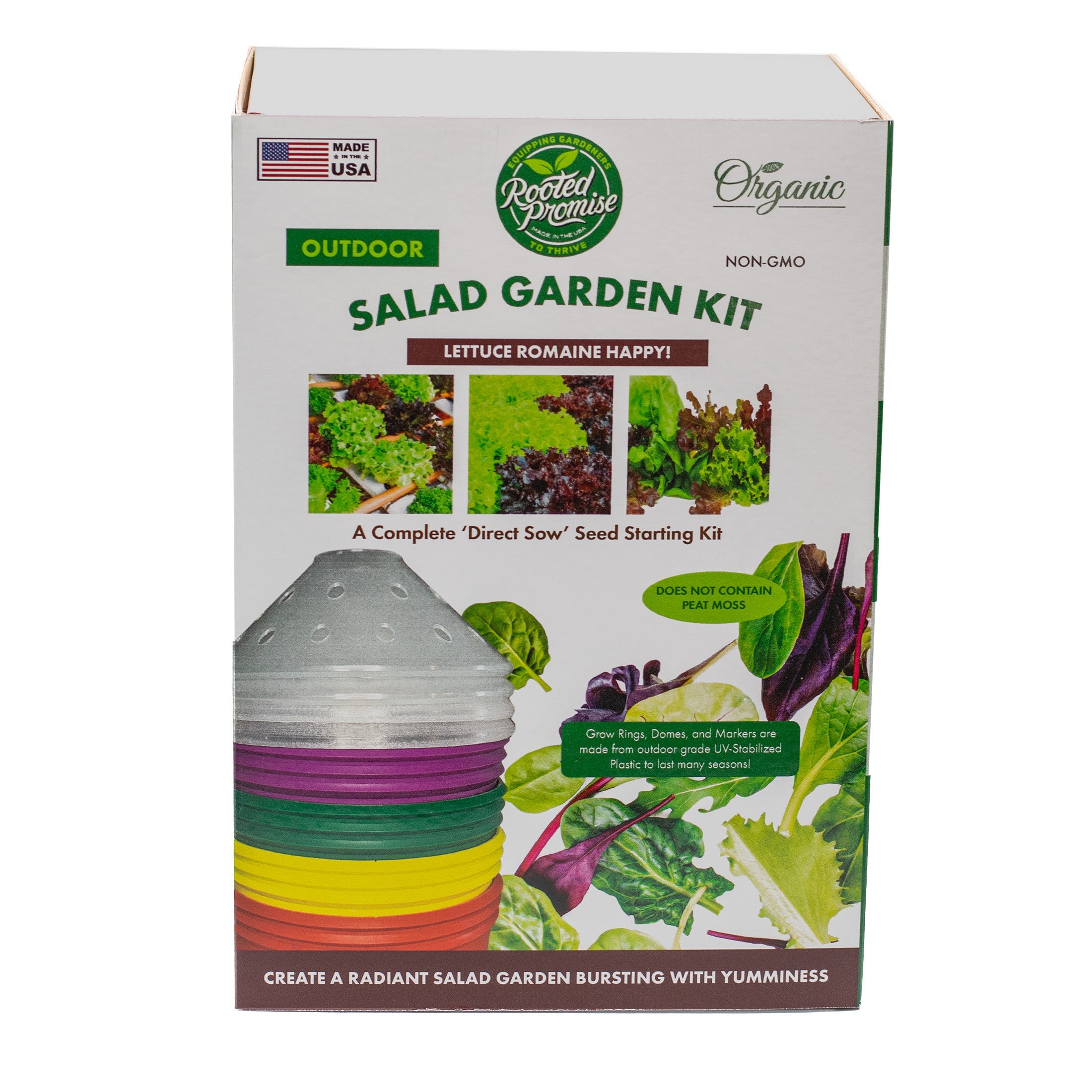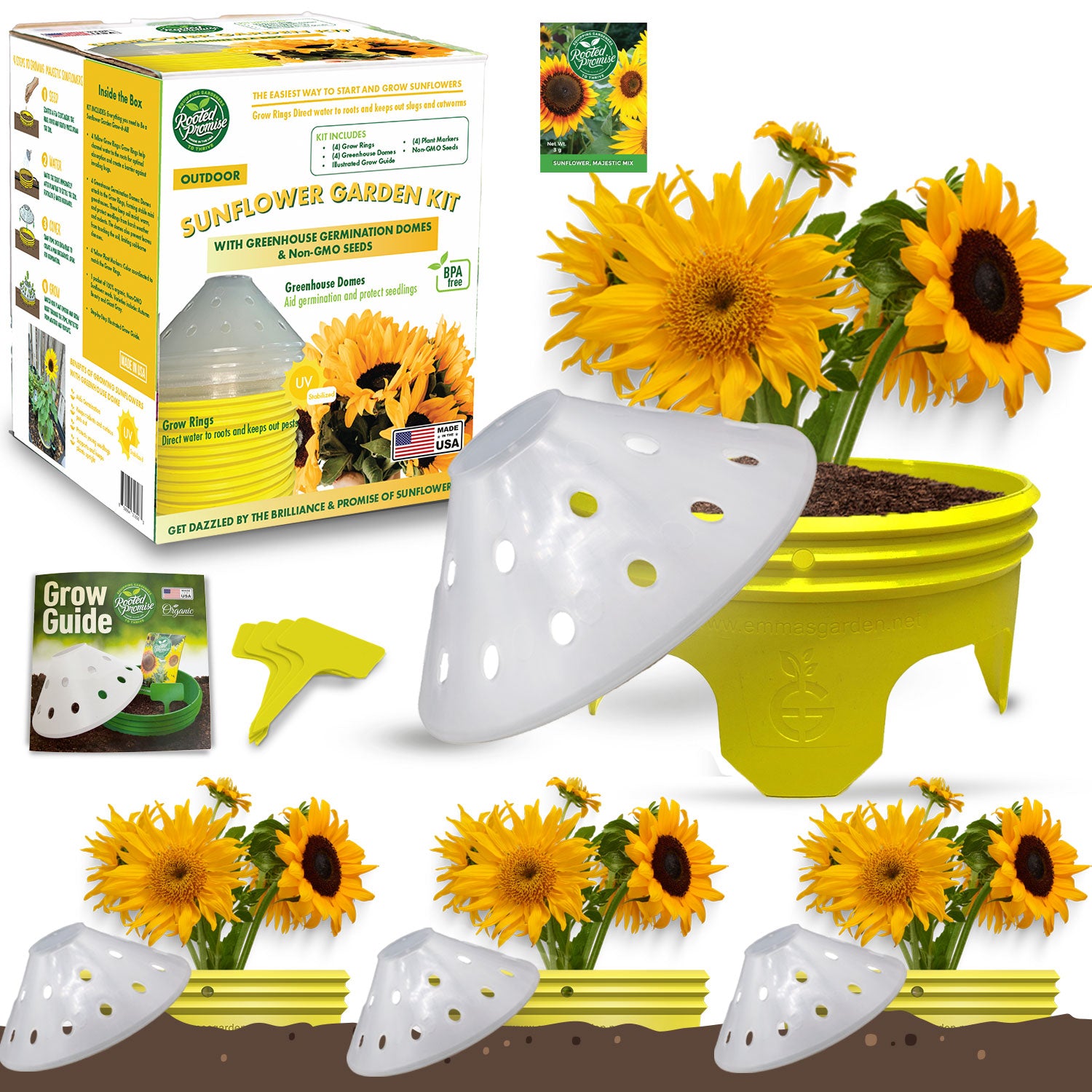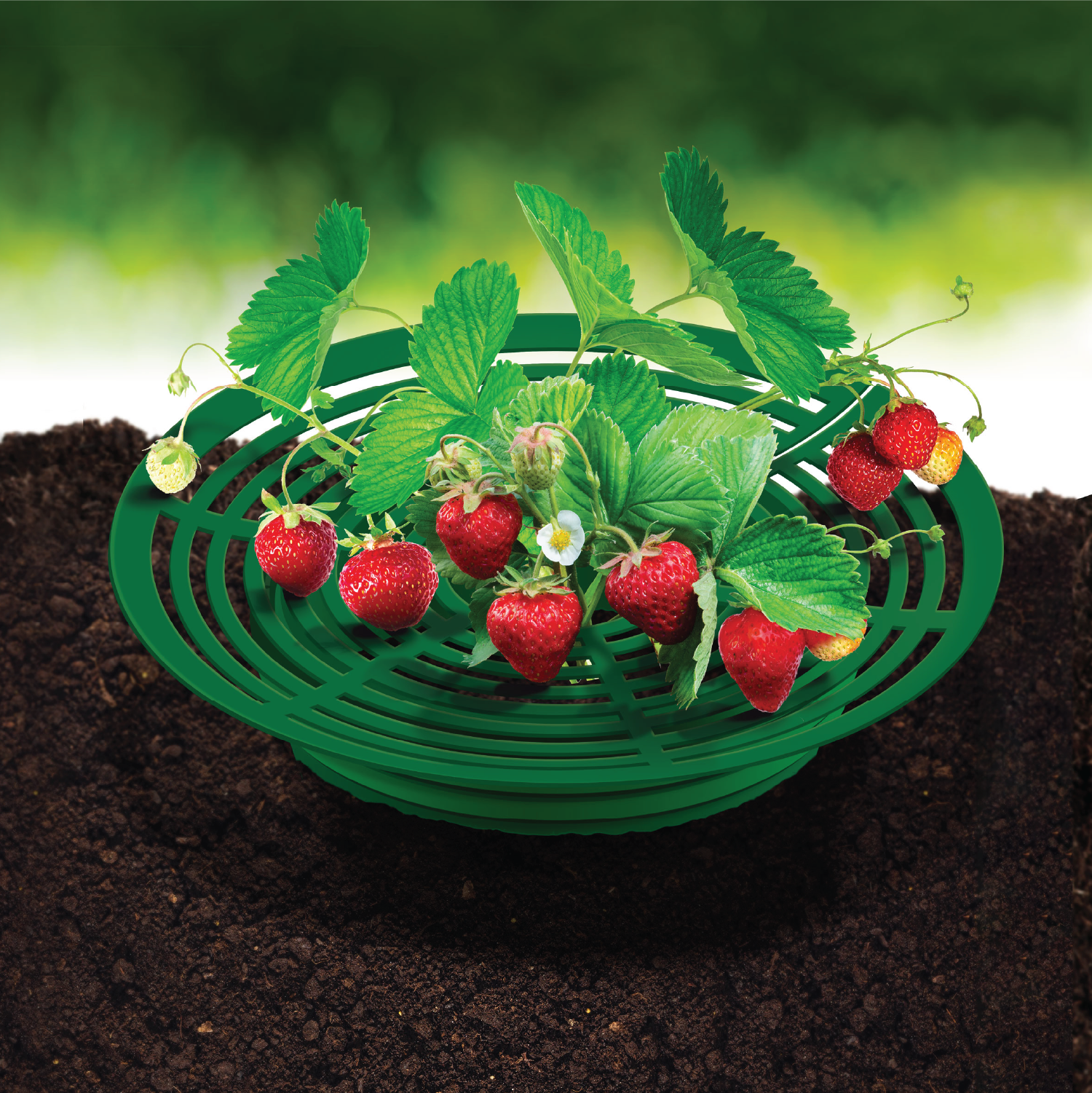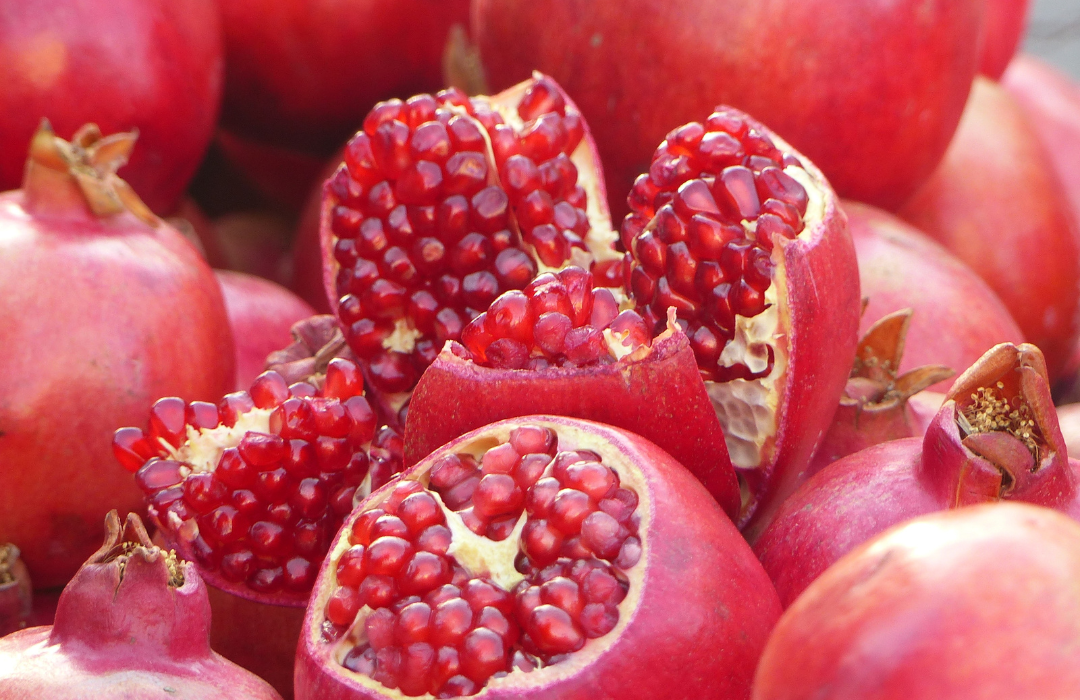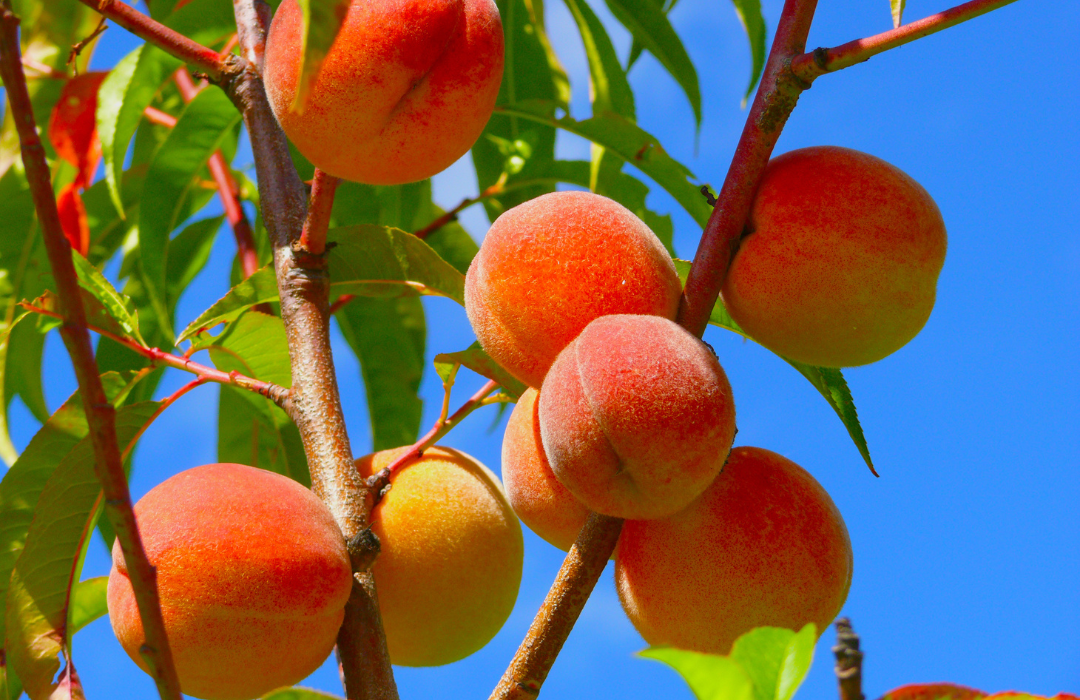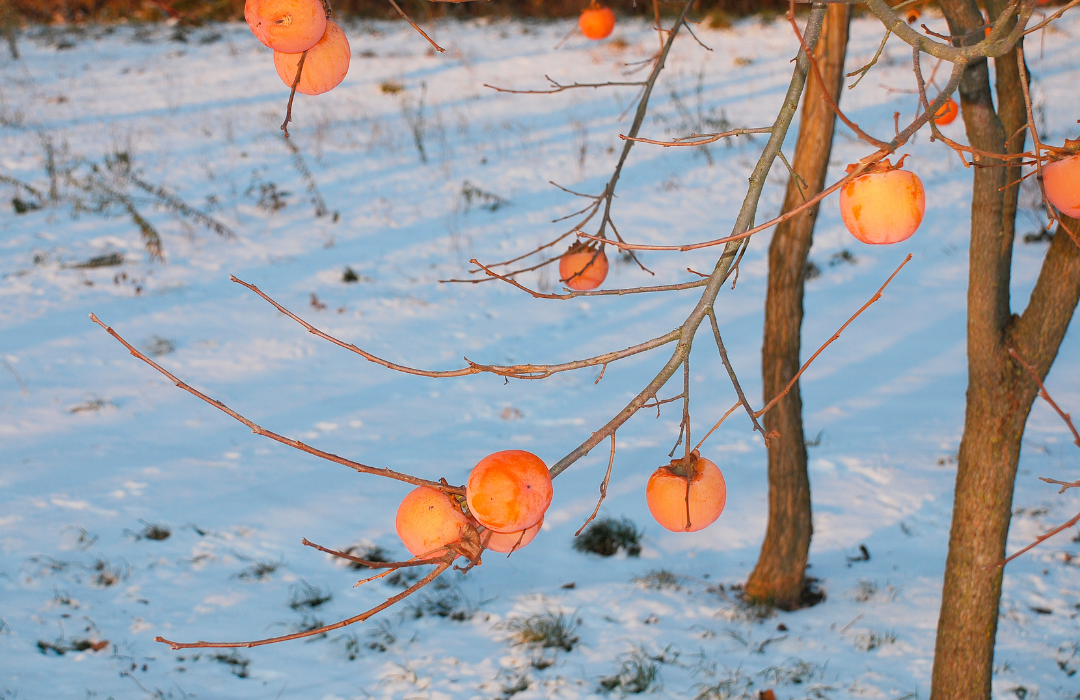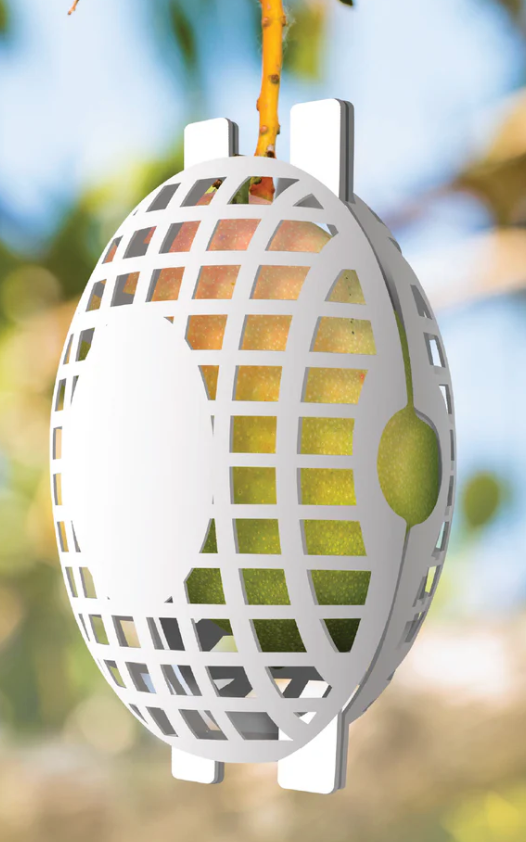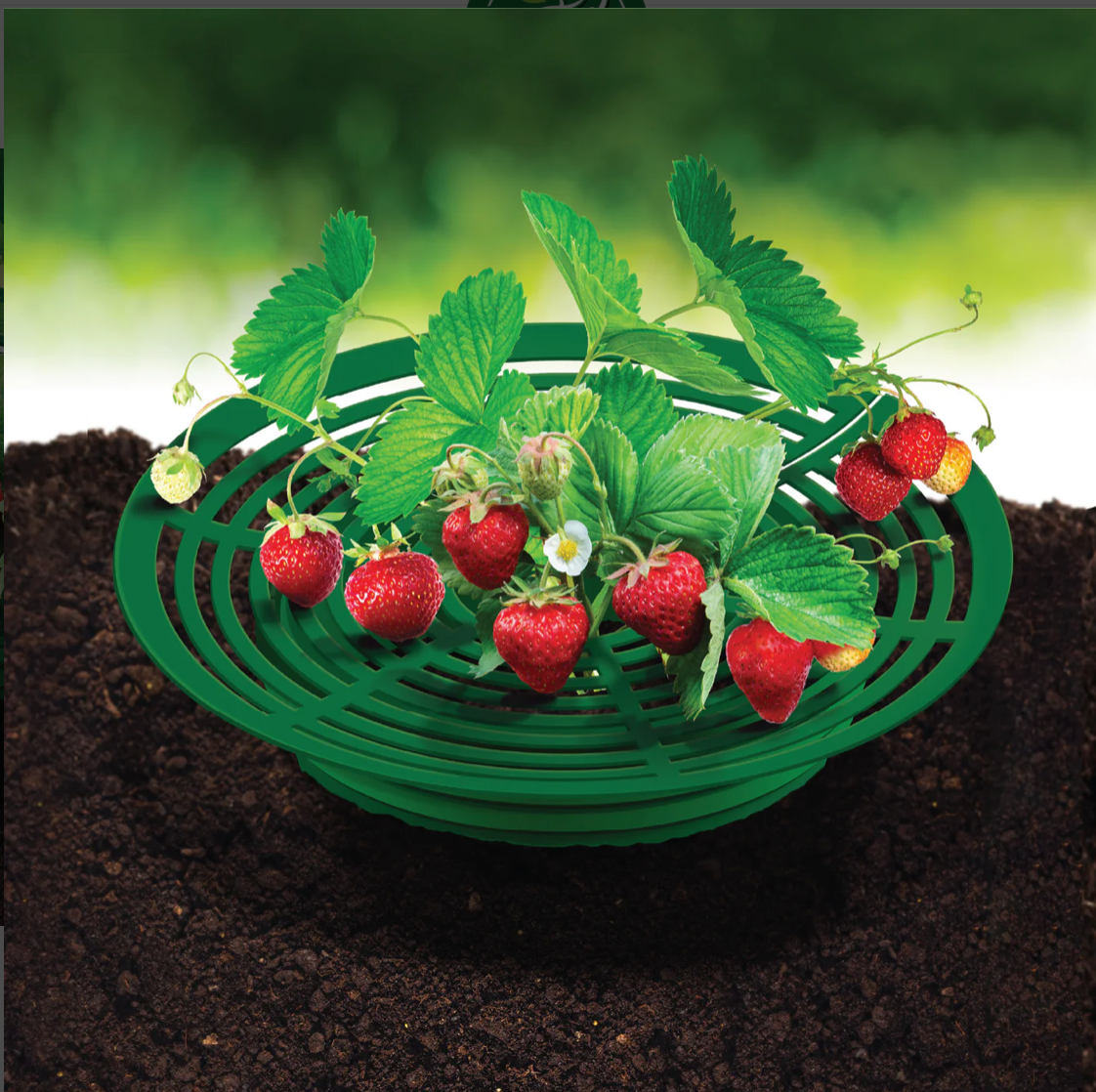Table of Content
- Know Your Zone: Timing is Everything
- Plan for Succession Planting
- Essential Planning Tools for Spring Success
- Other Key Considerations for Spring Gardening
- Conclusion - Spring Into Action

As winter winds down, gardeners everywhere start dreaming of spring. But before you dive into planting, proper preparation is key to a productive and thriving garden.
Whether you’re a seasoned grower or new to gardening, planning can save you time, money, and frustration. From creating timelines based on your growing zone to using tools like soil calculators and planning calendars, here’s how to get your garden ready for a successful spring.
Know Your Zone: Timing is Everything
One of the first steps in preparing for spring is understanding your growing zone. The USDA Hardiness Zone Map which was revised in November, 2023, divides regions by average annual minimum winter temperatures, helping gardeners determine when to plant.
It’s beneficial for gardeners to verify their current hardiness zone using this latest map, as some regions may have shifted to warmer zones. This can influence plant selection and timing. The updated map is available on the USDA’s website: https://planthardiness.ars.usda.gov
Knowing your zone ensures you plant at the right time, giving your crops the best chance to thrive.
While the zone map offers a general framework, local climate variations can influence optimal planting times. Use a tool like the Almanac Frost Dates Calculator https://www.almanac.com/gardening/frostdates to pinpoint your last frost date and create a planting schedule tailored to your zone.
Plan for Succession Planting
Succession planting is a strategy that keeps your garden productive all season long by staggering planting dates or planting different crops after one is harvested. For example:
- Start with early spring greens like spinach or radishes.
- Replace those crops with warm-weather plants like tomatoes or beans in late spring.
- Follow with fall-harvest crops like carrots or kale.
By planning succession crops now, you can ensure a continuous harvest throughout the year. Tools like a garden planner or crop rotation guide can help you organize your planting schedule and avoid overlapping plantings.
Essential Planning Tools for Spring Success
Proper planning is the backbone of a successful garden. Here are some tools to help you stay organized and efficient:
Soil Testing Kits and Calculators
Healthy soil is the foundation of a thriving garden. Test your soil’s pH, nutrient levels, and organic matter to determine what amendments it needs. Use a soil calculator to figure out how much compost, fertilizer, or mulch to apply. Many local extension offices offer affordable soil testing services, or you can purchase at-home kits online.
Garden Planning Calendars
A planning calendar tailored to your zone is an invaluable tool. Many online garden planners allow you to input your frost dates and automatically generate planting schedules for seeds, transplants, and harvests.
Seed Starting Supplies
For crops that require indoor starts, stock up on seed trays, grow lights, and potting mix. Label your trays carefully to avoid confusion later on. If you’re tight on space, consider using compact shelving units with adjustable lights.
Companion Planting Charts
Companion planting can maximize your garden’s yield by pairing crops that benefit each other. For example, plant basil near tomatoes to repel pests, or interplant carrots with onions to deter root maggots. Use a chart to guide your layout for optimal results.
Other Key Considerations for Spring Gardening
Tidy Up Your Garden Space
Clear out any debris from last year’s garden, sharpen tools, and repair fences or raised beds. This ensures you’re ready to hit the ground running when planting season begins.
Order Seeds Early
Popular seed varieties can sell out quickly in spring. Order seeds now to avoid delays and ensure you get the crops you want. Focus on varieties suited to your zone and consider trying a few new types for fun.
Start Composting
If you’re not already composting, now is a great time to start. Compost enriches your soil, reduces waste, and eliminates the need for chemical fertilizers. Even a small bin can make a big difference for your garden.
Plan for Watering
Check your irrigation system or plan your watering schedule in advance. Installing drip irrigation or soaker hoses can save time and ensure even moisture for your plants.
Conclusion - Spring Into Action
Preparing for your spring garden now will set the stage for a productive and rewarding season. By understanding your zone, planning succession crops, and using tools like soil calculators and garden calendars, you’ll be ready to make the most of your garden space. Take the time to prepare, and you’ll enjoy the benefits all season long—fresh produce, vibrant blooms, and the satisfaction of a well-tended garden.
